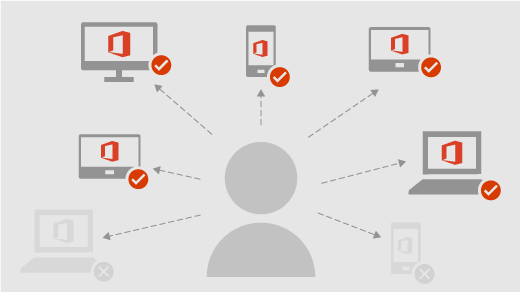Cash flow within a business is always a difficult tradeoff. Having cash on hand lets you overcome the unexpected, riding out a drop in revenue or an extra payment you didn’t see coming. However, too much idle cash can represent lost opportunities and a lower return on your assets.
Surveys show 41% of businesses experience cash flow challenges, of which 59% say it has a significant impact on their finances. While there isn’t a one size fits all approach to cash flow, many businesses find it helpful to make purchases from vendors on credit. This is where net terms come in.
What Are Net Terms?
Net terms describe the payment details when a business offers trade credit for their goods or services.
The provider sets net terms with a specified payback period. While the time frame varies significantly across industries and providers, the most common net terms are 30, 60, or 90 days (referred to as net 30, net 60, and net 90).
Other common ways of setting net terms are offering a discount for speedy payment or setting the deadline in relation to the end of the month. For example:
- 1/10 Net 30 means a vendor offers a 1% discount if the customer pays within 10 days; otherwise, the full payment is required in 30 days.
- Net EOM 10 means the full payment is expected within 10 days of the end of the month.
To simplify their use of net terms, many companies invest in payments software to track invoices, set payment reminders, and gain a deeper understanding of their cash flow.
Purchasing on credit and flexible payment options helps businesses operate seamlessly and make necessary purchases without worrying about their immediately available funds. Not only do net terms allow companies to make important purchases when needed without delay, but they also allow B2B providers to generate more sales.
Why Wait?
Generally speaking, once net terms are set, customers will wait until the due date to pay. Even if funds become available sooner, most customers fulfil invoices as late as possible
So, what are they waiting for?
Paying a vendor at the end of the net terms allows companies to use and create value from the goods or services they receive.
For example, a restaurant taking advantage of net terms can buy food supplies on credit. Cook up some excellent meals and turn those supplies into capital. Then pay back their vendor with the money and keep the extra for themselves.
Waiting as long as the net terms permit before paying the invoice means companies maximize their ability to generate capital from the purchase. Plus, with net terms, all this is done interest-free. They aren’t paying extra by waiting until the deadline, so there are no downsides to making the most of the agreed payment schedule.
The Net Gain of Net Terms
The ability to offer net terms opens the door to many more customers who would otherwise be unable to make purchases due to a lack of available cash. Trade credit is the norm in some invoice-based industries (as opposed to payment in advance) or B2B sectors, and players in these spaces offer competitive net terms to gain an advantage over other companies.
Net terms create a mutual agreement between buyer and vendor that helps generate loyalty between them. When two companies agree to do something and follow through with actions (supply goods on credit vs. pay invoice on deadline), they generate trust and loyalty, likely turning a one-off purchase into a recurring relationship. In addition, greater customer loyalty and satisfaction improve industry reputation, generating new business through word-of-mouth recommendations.
Another more direct benefit of net terms is removing the need for processing fees associated with credit card payments.
Can Payments Slip through the Net?
There are also some significant potential downsides to offering net terms. The most obvious being late or non-payment. Solving the customer’s cash flow issue can create one for the vendor, or worse, generate bad debt eating into their revenue.
Offering net terms also extends the company’s billing cycle, generates more overhead, adds complexity to their accounting, and introduces more financial risk to a business relationship.
While net terms payment options help a company generate more business, they can also reduce the return from each customer. Early payment discounts or hiring collection agencies to chase late payments lead to smaller profit margins. And that’s before you consider the extra administrative work required. Net terms financing requires staff to track the payment status of each account, determine whether they are overdue, if they took advantage of early discounts, and more.
Simplifying the use of net terms
New payment and accounting tools are vital for companies looking to start offering net terms and trade credit. Software can help efficiently manage the process
- Reducing the time accounts receivable teams have to spend checking customer credit
- Increasing the speed and likelihood of payments
- Decreasing the risk present
- And maximizing cash flow
With adequate payments and accounting software in place, businesses can enjoy the advantages of net terms while minimizing the downsides.








